Seat Change before Takeoff
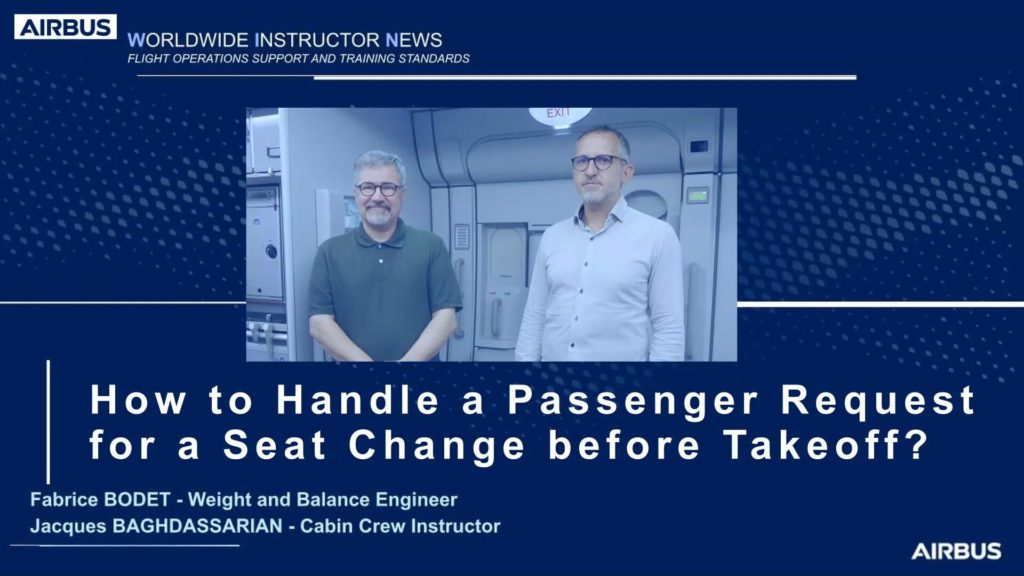
This WIN video highlights what the flight crew must take into account to prepare the aircraft for a safe takeoff, and particularly what must be considered when one or more passengers request a seat relocation after the takeoff preparation is completed.
High Altitude Airport Operations
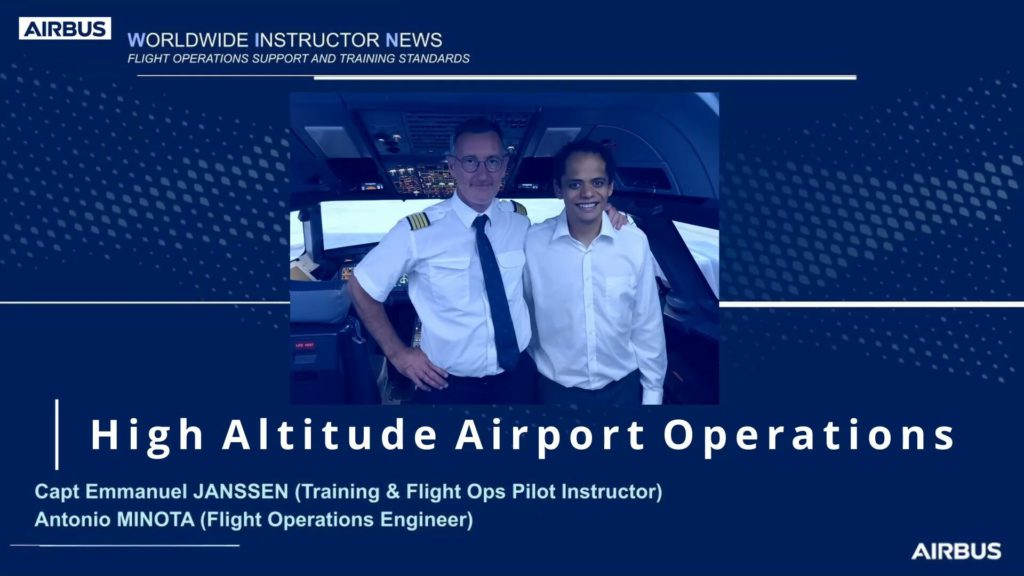
This video deals with the operations on high altitude airports. The objective is to share with you some good operational practices for this type of operation.
A321XLR First flight – Best of
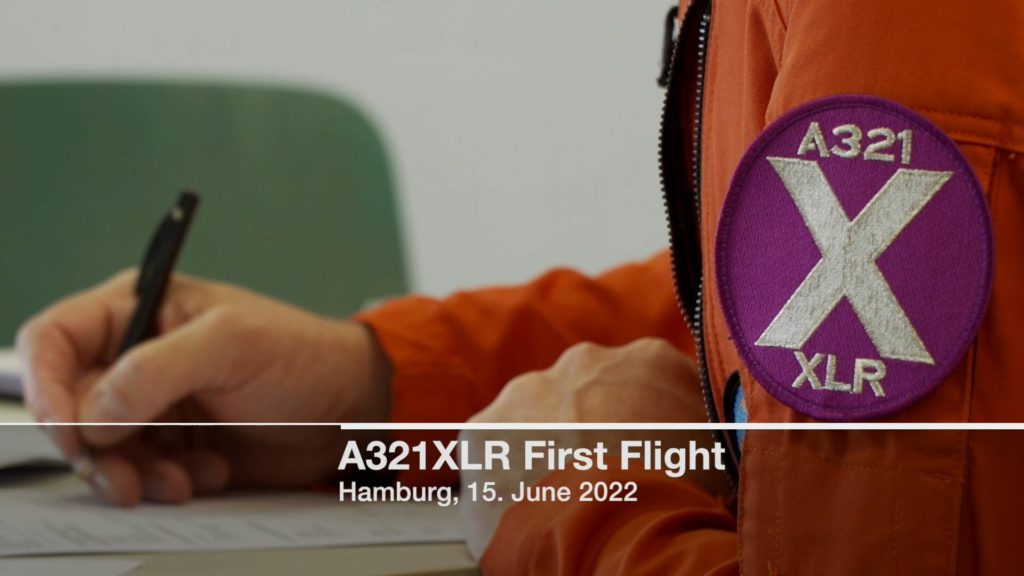
Hamburg, 15 June 2022 – Airbus’ first A321XLR (Xtra Long Range) has successfully accomplished its first flight. The aircraft, MSN 11000, took off from Hamburg-Finkenwerder Airport at 11:05 hrs CEST for a test flight which lasted approximately four hours and 35 minutes. The aircraft’s crew consisted of experimental test pilots Thierry Diez and GabrielDiaz de […]
Take Care of Your Brakes
All Brakes are subject to wear. Some brakes may also experience oxidation which can lead to brake rupture. In the case of a brake rupture or if brakes are too worn, the aircraft braking performance is reduced. This can result in a runway overrun if the full braking capacity is required such as during a […]
Editorial – July 2022
by Yannick MALINGE – SVP & Chief Product Safety Officer
Direct View Cabin Attendant Seats
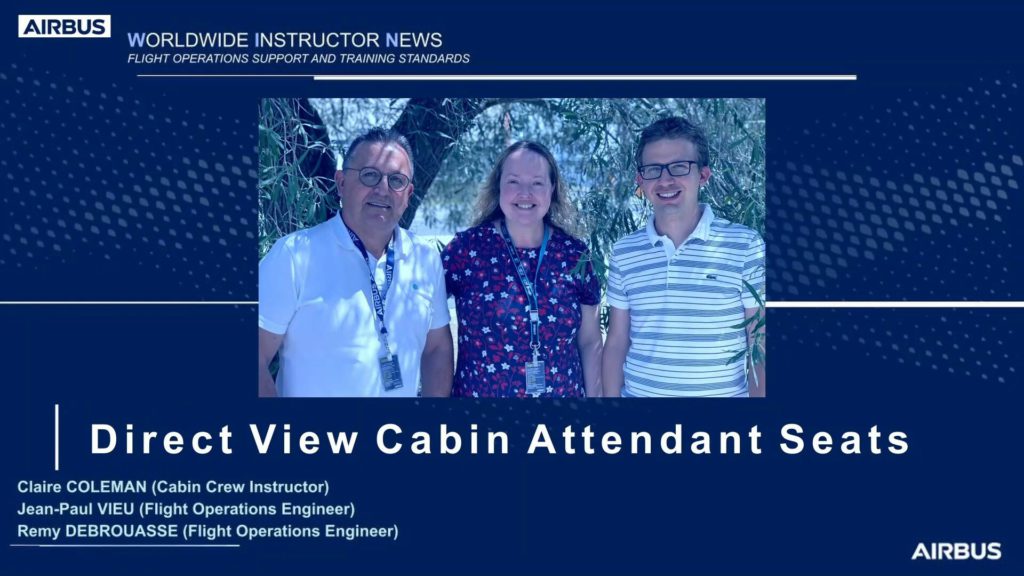
The objective of this video is to share with you: – The principle of direct view cabin attendant seats, and – The regulations that must be complied with, and – Any corrective actions, if a required direct view cabin attendant seat is inoperative.
Fuel Microbiological Contamination Treatment
An aircraft fuel tank provides the perfect conditions for microbiological contamination to develop, especially when operating in hot and humid environments. Problems caused by microbiological contamination of fuel can range from inaccurate or erroneous fuel quantity readings to structural corrosion and engine fuel supply difficulties caused by clogged fuel filters. As a result, if treatment […]
What does the GRF change for Landing?

In this video, we will speak about landing performance and contaminated runways. This video introduces the concept of RWYCC (Runway Condition Code) reporting and provides some recommendations about the use of RWYCC in operation and how the flight crew participates in the reporting.
How to Manage Fuel Penalty on the A350?
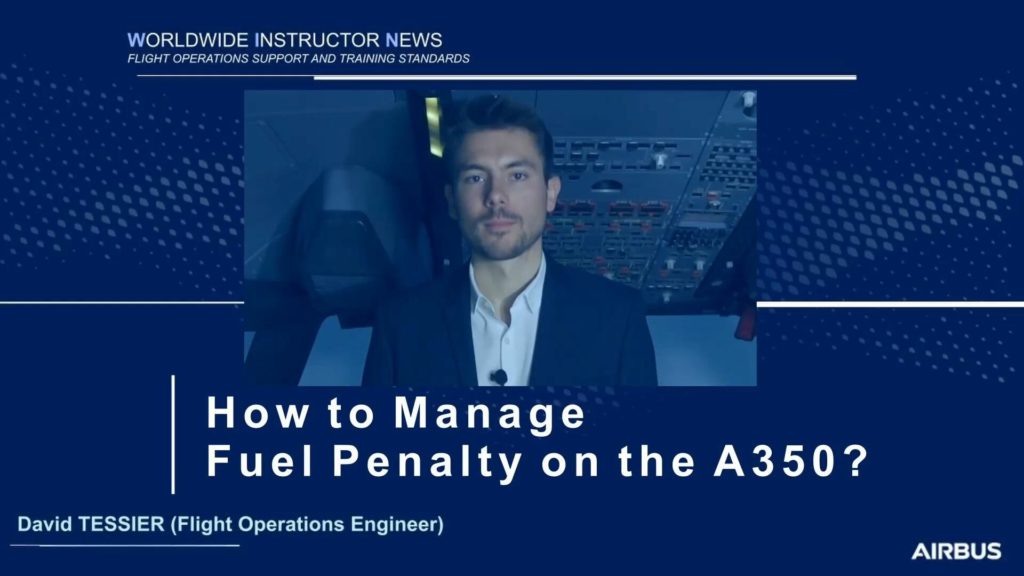
This video deals with the fuel penalty management on the A350. The objective is, through concrete operational situations, to share with you some good practices. Also, it is a good opportunity to discover the new Total Fuel Penalty indication available for A350 aircraft equipped with the Avionics Batch 7.
Do not Wait to Apply the Engine Fire Procedure
Several recent engine fire events highlight the importance of timely application of the engine fire procedure. This article explains why flight crew must apply this procedure without delay. Decisive action when there is an engine fire alert may prevent further damage to the engine. This can help to ensure that a manageable fire situation does […]
